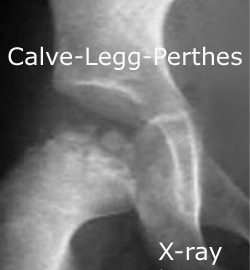|
Secondhand smoke, hypofibrinolysis, and Legg-Perthes disease.
Glueck CJ, Freiberg RA, Crawford A, Gruppo R, Roy D, Tracy T, Sieve-Smith L, Wang P. Clin Orthop 1998 Jul;(352):159-67
In 39 children with Legg-Perthes disease who were nonsmokers, the specific aim was to assess relationships among parental cigarette smoking during pregnancy, household smoking before diagnosis of Legg-Perthes disease, hypofibrinolysis, and thrombophilia. Fifteen (38%) children had no secondhand smoke exposure; 24 (62%) had secondhand smoke exposure before their diagnosis. Seventeen (71%) of these 24 children were exposed while in utero to smoking by a parent or live in relative and also had exposure to household smoke during childhood; seven (29%) had only household smoke exposure in childhood. In the full cohort of 39 children, secondhand smoke exposure correlated inversely with the major stimulator of fibrinolysis, stimulated tissue
|


